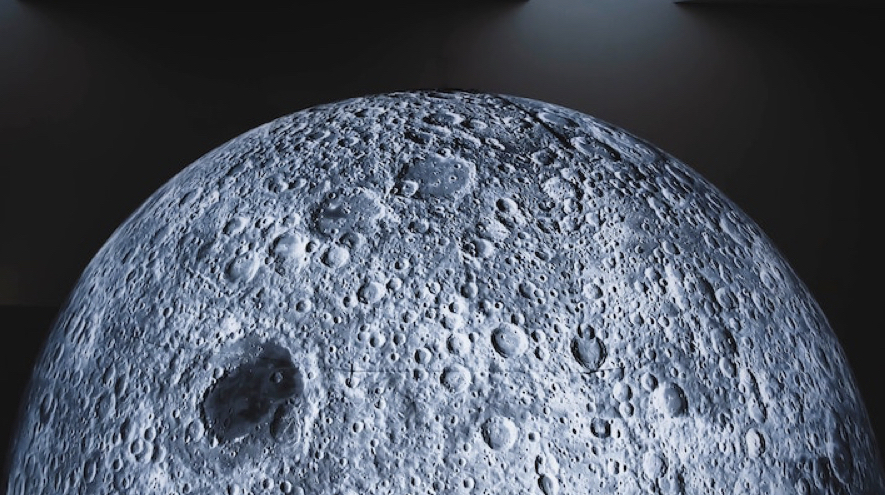
ESA Open Invitation to Tender: 1-10885
Open Date: 21/07/2021 13:31 CEST
Closing Date: 29/09/2021 13:00 CEST
The current state of the art combustion chambers for high performance in-space engines are predominantly made from iridium lined rhenium. There are at least two engine providers in Europe that rely on, or intend to rely on this technology. There are no sources for this technology in Europe. All the chambers are sourced from the US. Historically there have been three approaches to fabricating these chambers:1. Chemical vapor deposition (CVD).2. Plasma spray/hot isostatic pressing (PS/HIP).3. Electrodeposition.All of these processes require a sequential build up over a mandrel and its subsequent removal. All requiretime and processing in excess of normal engineering approaches. In addition novel solutions have to beimplemented to allow for joining of the rhenium-iridium to other materials in the engine assembly.Previous efforts in Europe to address this issue failed for market reasons since the particular European engine that required the chamber was not realized. Now there are currently two European engines that require this technology; one in flight and one post CDR with a targeted flight opportunity in 3 years, with a long term, accessible market that can sustain Europeanisation of the technology. In addition the manufacturing technology has evolved in the intervening 20 years since this technology was first investigated.Rhenium is a fundamentally difficult material to work with. Not only is the welding temperature necessarilyhigh it also readily oxidizes and work hardens making machining in any traditional sense challenging. Sofabricating the chamber is only one element of the activity. An ITI Innovation Triangle Initiative on coatingan iridium liner to an existing chamber substrate (as opposed to a mandrel) was partially successful and has branched off to a national program. In this case the preferred substrate is a niobium alloy. So this, CVD based solution, has potentially de-risked the second element which is the iridium coating.The activity encompasses the following tasks:- Trade off between the advanced manufacturing methods (preferred) and the CVD approach for the prototype(backup).- Generate the chamber, with liner, in its entirety using advanced manufacturing methods (preferred).- Incorporate the engine under development that requires this chamber (GSTP funded).- Fire testing the engine plus chamber using the ancillary hardware available to demonstrate fireProcurement Policy: C(2) = A relevant participation (in terms of quality and quantity) of non-primes (incl. SMEs) is required. For additional information please go to this link.
Estabilishment: ESTEC
ECOS Required: No
Classified: No
Price Range: 200-500 KEURO
Authorised Contact Person: Maximilian Garre
Initiating Service: TEC-MPC
IP Measure: C2
Prog. Reference: E/0901-01 – Technology Developme
Tender Type: Open Competition
Open To Tenderers From: AT+BE+CH+CZ+DE+DK+EE+EL+ES+FI+FR+GB+HU+IE+IT+LU+NL+NO+PL+PT+RO+SE
Technology Keywords: 19-A-I-Liquid Propulsion Systems
Products Keywords: 2-K-1.1-a-Combustion chambers
If you wish to access the documents related to the Invitation to Tender, you have to log in to the ESA Portal.
